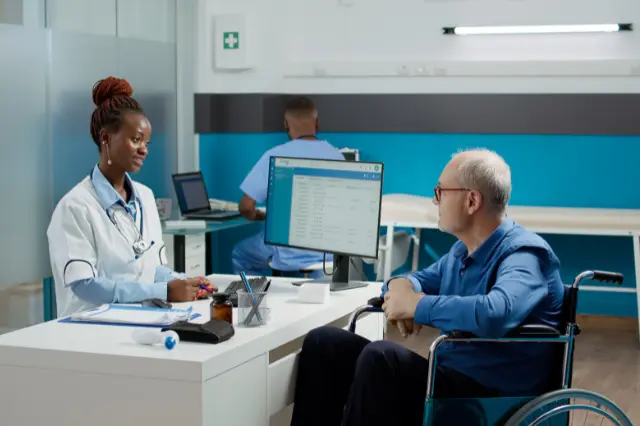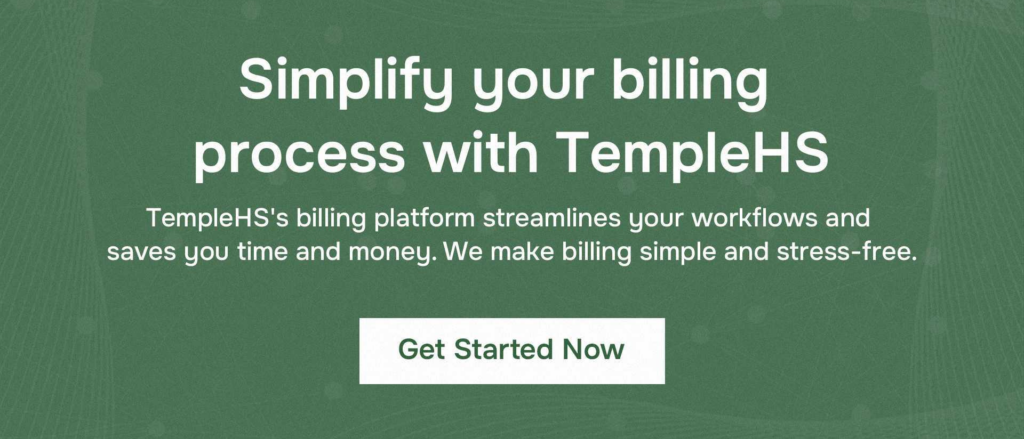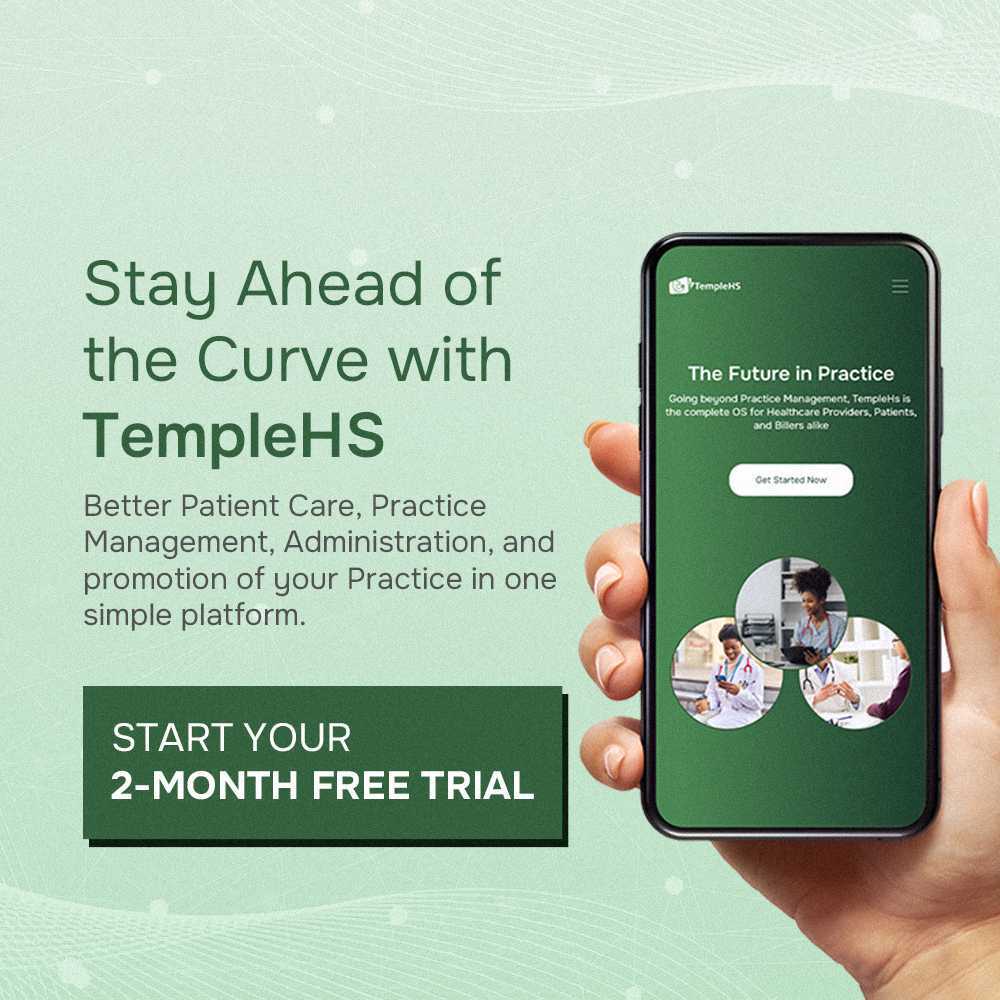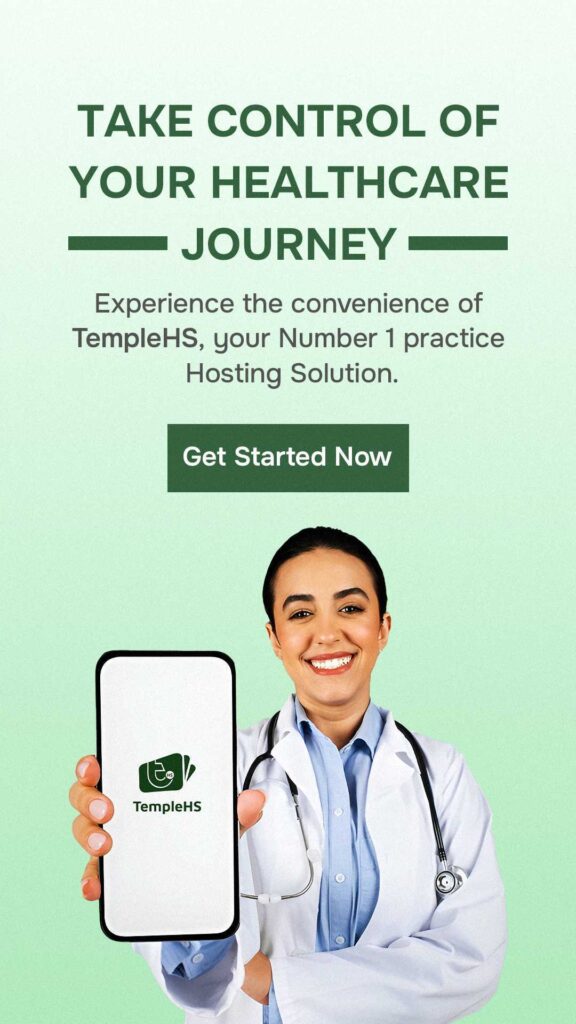The first steps a patient takes into a healthcare facility are critical in shaping their overall experience and perception of care. A well-structured and efficient onboarding process eases patient anxiety and sets a professional and caring tone for the entire healthcare journey.
Focusing on simple but impactful improvements in this initial phase can significantly enhance the efficiency and effectiveness of healthcare delivery, while also fostering a sense of trust and comfort in patients.
This approach is not just about administrative efficiency; it’s about creating an environment that is both welcoming and attuned to the diverse needs of every individual seeking care. The following are strategies that can help you enhance the patient onboarding process.
Streamline Registration Forms
A patient’s initial interaction with a healthcare provider often involves completing registration forms. This process can be daunting, particularly when dealing with health concerns. Streamlining registration forms is thus a critical step in enhancing patient experience. Simplification of these forms means reducing complexity and redundant information requests, focusing only on essential details. The goal is to make forms less time-consuming and more intuitive for patients of all ages and backgrounds.
A significant advancement in this area is the adoption of digital forms. By allowing patients to complete their paperwork online before their visit, healthcare providers can significantly reduce waiting times and administrative burdens upon arrival.
Digital forms also offer the advantage of being easily editable, so patients can update their information as needed without having to fill out new forms each visit. This transition makes the process more efficient for patients and staff, as it streamlines data entry and storage, reducing the likelihood of errors and ensuring better data management.
Provide Clear Information
Effective communication is paramount in healthcare settings. Providing clear information about appointments is not just about courtesy; it’s essential to patient care. It involves ensuring that patients are fully informed about the location, time, and specifics of their appointment. This information should be communicated in a way that is easily understandable and accessible.
It can include details about what documents or items to bring, such as insurance cards, identification, or medical records, and any preparatory steps required before the appointment, such as fasting for blood tests.
Clear communication can be facilitated through multiple channels, such as emails, text messages, phone calls, or patient portals. This not only helps reduce no-shows and last-minute cancellations but also helps build trust and comfort with the healthcare provider. This information must be conveyed and confirmed with the patient, ensuring they have received and understood all necessary details.
Implement a Welcoming Environment
The physical environment of a healthcare facility plays a vital role in shaping patient experience. Implementing a welcoming environment in waiting areas can have a significant impact on reducing patient anxiety and discomfort. Comfortable seating is a basic yet crucial aspect, as patients may spend considerable time waiting. The seating arrangement should accommodate different needs, including space for wheelchairs and strollers.
Clear signage is another important factor. Navigating a healthcare facility can be confusing, especially for new patients or in large hospitals. Well-placed, easy-to-read signs can guide patients efficiently to their destinations, reducing stress and confusion.
Again, providing amenities like water, magazines, or even free Wi-Fi can make the waiting experience more pleasant. Such amenities show a level of care and consideration for patients’ comfort and can significantly improve their overall perception of the healthcare facility.
Use Technology for Efficiency
Incorporating technology, particularly through an Electronic Health Record (EHR) system, is a transformative strategy for enhancing patient onboarding. EHRs serve as a central repository for patient data, enabling secure storage and easy accessibility. This system streamlines the sharing and updating of patient information across different departments and healthcare providers.
Having all pertinent patient data in one place, EHRs reduces the likelihood of errors such as duplicate tests or conflicting prescriptions, which often arise from disjointed record-keeping systems.
EHRs can significantly expedite the onboarding process. Digital records eliminate the need for manual data entry, reducing administrative workload and the potential for human error. This efficiency benefits healthcare providers and translates into a smoother and faster onboarding experience for patients, who no longer have to endure repetitive paperwork or long waiting times due to administrative delays.
Personalize the Experience
Personalization in healthcare is about more than just addressing patients by their names; it’s about tailoring the healthcare experience to each individual’s needs and preferences. EHRs play a crucial role in this aspect. By providing healthcare professionals with easy access to comprehensive patient histories, preferences, and past interactions, EHRs enable a more informed and personalized approach to patient care.
This personalized interaction fosters a sense of trust and comfort for patients. When patients feel seen and heard as individuals, not just as another case file, it enhances their overall experience and satisfaction with the healthcare service. Also, personalization can improve healthcare outcomes, as patients are more likely to be engaged and compliant with treatments they feel are tailored to them.
Accessibility and Inclusivity
Ensuring the onboarding process is accessible and inclusive is fundamental in providing equitable healthcare. This means making necessary accommodations for people with disabilities, such as providing wheelchair access, hearing assistance devices, or Braille materials. Additionally, considering the language needs of non-English speakers is crucial. This could involve offering translation services, multilingual staff, documents, and signage in multiple languages.
An inclusive onboarding process demonstrates a commitment to treating all patients with dignity and respect, regardless of their physical abilities or linguistic background. This approach complies with legal standards and builds a positive reputation for the healthcare provider, showing their dedication to serving diverse communities.
Utilize a Patient Portal
Using a patient portal, as seen in solutions like TempleHS, enhances patient engagement and autonomy in healthcare. TempleHS’s patient portal is an example of how technology can empower patients by giving them direct access to their health records, appointment scheduling, and communication with healthcare providers. This level of accessibility allows patients to be more involved in their healthcare journey.
Patients can review their medical history, test results, and visit summaries at their convenience, leading to better understanding and management of their health. Also, the ability to schedule appointments and communicate directly with healthcare providers through the portal simplifies the process, making healthcare more accessible and reducing the administrative burden on both patients and healthcare providers.
Conclusion
Improving the patient onboarding process through these easy strategies can bring about substantial benefits. Streamlined registration forms, clear communication, a welcoming environment, efficient use of technology, personalized interactions, focus on accessibility and inclusivity, and the use of patient portals like TempleHS contribute to a more positive patient experience. These improvements enhance patient satisfaction and support healthcare providers in delivering efficient and effective care.



